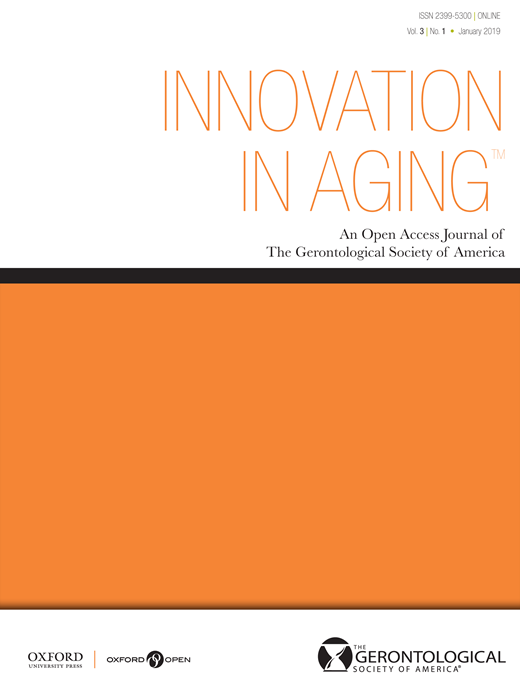Connections Between Daily Activity Patterns and Ecological Momentary Assessments of Pain in Older Adults
We studied the dynamic association between ecological momentary assessment of pain and activity levels in older adults who report knee pain. Participants (n=8, 71.3 ± 5.2 yrs) wore a smartwatch with a customized app called Patient Reported Outcome of Mood, Pain, and fatigue (PROMPT) for 6.5 (4.0) days. Participants were prompted about their pain intensity (range 0–10) in the morning, afternoon and evening using. Raw wrist tri-axial accelerometer data are collected continuously throughout. Participants reported an average pain rating of 1.4 (1.2) in the morning, 1.6 (1.2) in the afternoon and 1.3 (1.3) in the evening and. 89% reported an instance of pain intensity ≥3. In multivariate mixed models, higher ecological momentary pain intensities in the evening, but not in morning and afternoon, were associated lower activity accumulated over the entire day (p<0.05 for all activity parameters). The timing of pain occurrence may play a role in dictating daily activity patterns.

